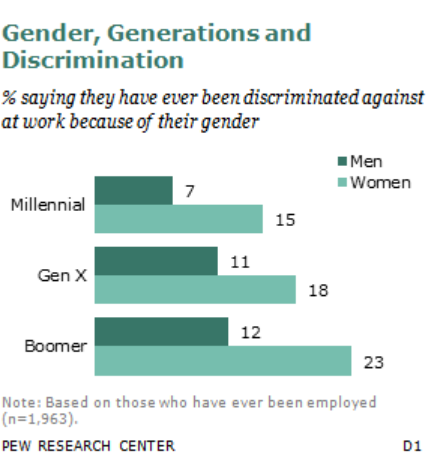I was thinking about the encounter with the derm pathologist at UC last night, and while i would love to mention the name expressly, I am using better judgement and not doing that. There is something about the MD personality that is incomprehensible to me… i was married to an MD (surgeon) for 15 years, I have worked with MDs in some capacity or other for 50 years and of course what I am about to say is a generality. Thinking in generalities is problematic and it allows for bias to creep into thinking, therefore when you read the following, you must know that I am including “SELF” in that group.
Bias exists in science, as it does in all disciplines (and some lack-of-disciplines as well). In the field of microscopy as it began, there was no methodology for quantification and everything one reported in terms of histology was bias: It was biased upon previous readings, on psychological emotional and physical issues present in the slide reader at the time the slides were read, how well the slides were/are prepared, the pressure to read more and more slides faster and faster, and the biggest threat to rational thinking, lack of knowledge. So these are only a handful of really important things that influence how a slides is interpreted. The list is so long that I am not even going to give it the time.
When I began doing microscopy in the late 1960s and early 70s there were new ways to quantify cells, tissues, organelles, etc and I have used, reused, reinvented and recommended those techniques to everyone that I have collaborated with. Help from statistics programs meant that histology could be correlated with other physiologic and biochemical and behavioral measures. That said, not everyone things that morphometry (as it is called) is required for reading slides.
Not everyone even thinks that viewing slides at 100x oil is required for making diagnoses. While I sat at the student scope across from derm pathologist _blabla_ the magnification went to 60x at most, and i think 40x was probably where the objective stayed most of the time…maybe less. That for me is like hitting the tissue with a hammer whe n tweezers would have been the tool of choice. I asked the question, how do you see mast cells, langerhans cells, basophils, eosinophils, he said “you cant” of course i agree, but flipping the objective to 100 and adding oil would have gone a great way in making those cells visible. Not one question i asked was responded to with any intellectual satisfaction for me, for every suggestion he made i could have quoted the online general source for the same (or better) info. I expected something much more academic… ha ha… i did not expect the brush-off, so clearly signaled, nor the hostility which was directly verbalized to me with the phrase… “for the number of people you contacted” a direct reference to the two months and 10 phone calls required to get a view of MY slides. To end the meeting he put up the slides from a tray from another patient and said i guess you shouldn’t look at these… with that i said… “it is clear you want me to leave” What a bad experience. THis old man, near or in retirement, displayed a shameful bias (you know a generality) to women in science and particularly to me (also retired) that was just ludicrous.
n tweezers would have been the tool of choice. I asked the question, how do you see mast cells, langerhans cells, basophils, eosinophils, he said “you cant” of course i agree, but flipping the objective to 100 and adding oil would have gone a great way in making those cells visible. Not one question i asked was responded to with any intellectual satisfaction for me, for every suggestion he made i could have quoted the online general source for the same (or better) info. I expected something much more academic… ha ha… i did not expect the brush-off, so clearly signaled, nor the hostility which was directly verbalized to me with the phrase… “for the number of people you contacted” a direct reference to the two months and 10 phone calls required to get a view of MY slides. To end the meeting he put up the slides from a tray from another patient and said i guess you shouldn’t look at these… with that i said… “it is clear you want me to leave” What a bad experience. THis old man, near or in retirement, displayed a shameful bias (you know a generality) to women in science and particularly to me (also retired) that was just ludicrous.
The whole experience in Derm at UC was just not that great….maybe it is all gender and age related bias… ? I expected to be treated like a peer (which i am to him) but instead was treated like a woman whose job it was to wash dishes. How sad. UC has displayed gender bias ever since I was a graduate student…. so in 1968… to 2018, I am not seeing much of the change.